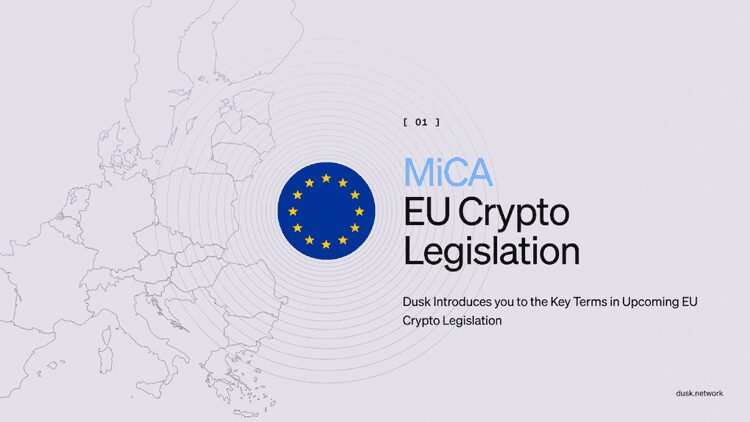MiCA in Motion: 5 Game-Changing Rules EU Crypto Investors Can’t Ignore in 2025
MiCA regulation is set to change the game for EU crypto investors by 2025. This guide explores five critical rules—licensing, mandatory disclosures, AML, investor protection, and sustainability—that you can’t ignore: “mica in motion 5 game changing rules EU crypto investors can’t ignore in 2025.” Stay informed, stay compliant, and understand how these regulations will shape your crypto investments.
Key Takeaways
- MiCA establishes licensing requirements for Crypto Asset Service Providers (CASPs) in Europe, enhancing transparency and regulatory compliance across the crypto market.
- Mandatory disclosures for crypto asset issuers under MiCA aim to improve market integrity and investor protection by enforcing comprehensive white papers and consistent marketing materials.
- MiCA integrates stringent anti-money laundering (AML) measures and sustainability practices, positioning crypto firms to foster trust, enhance security, and attract ESG-focused investors.
Licensing Requirements for Crypto Asset Service Providers
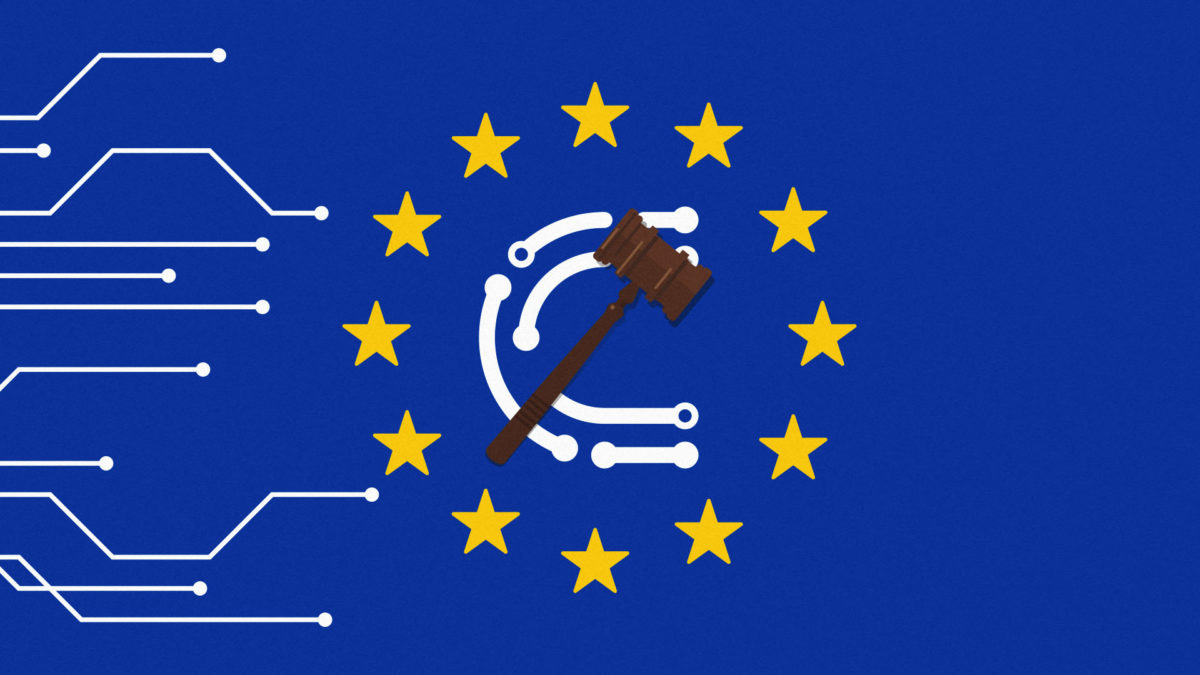
MiCA’s first major impact on the crypto space is its licensing requirements for Crypto Asset Service Providers (CASPs). In an effort to bring order to the previously unregulated crypto markets, MiCA mandates that all CASPs operating in Europe obtain authorization as EU-based legal entities. This move is designed to enhance market transparency and foster a unified approach to crypto assets regulation across the EU.
Existing crypto service providers can breathe a temporary sigh of relief, as they are permitted to continue operations during a transitional phase while awaiting authorization under MiCA. This transitional period allows businesses to:
- Modernize their legacy systems to meet MiCA’s stringent operational resilience and privacy requirements.
- Establish verifiable audit trails.
- Ensure cryptographic proof of compliance.
These steps will be critical for these firms to align with the rules and new regulations set forth by regulators.
Uniform market regulations under MiCA enhance transparency and provide clarity for service providers, helping them navigate legal operations within the EU. The new compliance landscape emphasizes data protection and resilience, setting a higher standard for the crypto sector.
Mandatory Disclosures for Crypto Asset Issuers
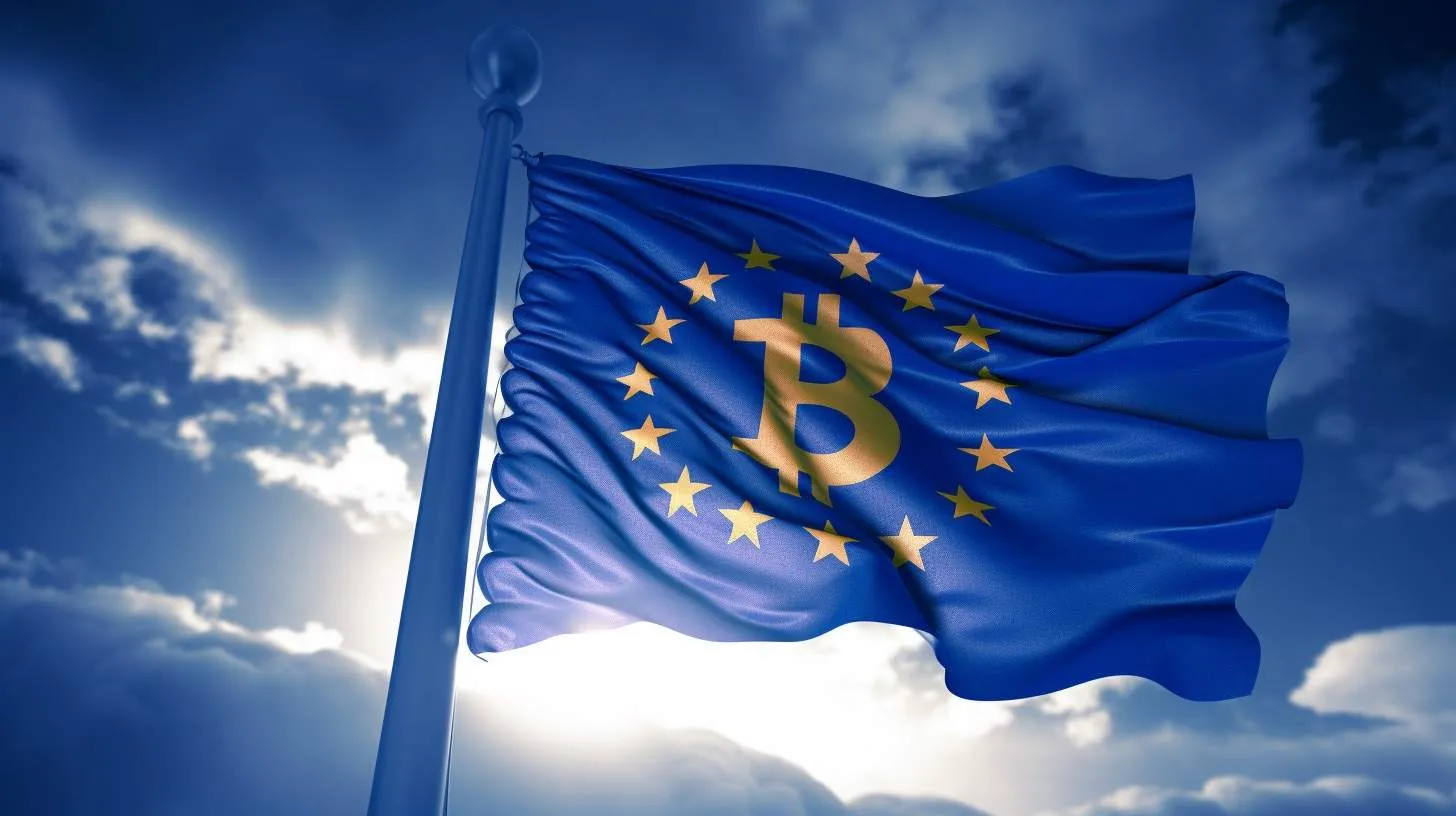
Transparency is a cornerstone of MiCA, particularly when it comes to mandatory disclosures for crypto asset issuers. MiCA enforces strict disclosure obligations on issuers of crypto assets to improve market integrity and financial stability. These issuers must create comprehensive white papers that detail their offerings, including potential risks and financial information. This ensures that investors have clear information about the rights and obligations that come with holding crypto assets, promoting more transparency.
MiCA mandates the following requirements:
- All marketing materials for crypto assets must align with the information in the white paper, ensuring consistency.
- This consistency is crucial for maintaining investor trust and preventing misleading practices.
- Businesses must regularly provide transparency reports under MiCA, enhancing accountability and stakeholder trust.
MiCA’s dual focus on transparency and data security necessitates enhanced protection measures for client data. These regulations aim to protect investors from financial risks and encourage a more responsible and transparent approach to crypto transactions, ranging from token issuers to bitcoin and ethereum ETFs and digital assets.
Anti-Money Laundering (AML) Regulations
MiCA takes a robust stance on anti-money laundering (AML) regulations, which are crucial for combating financial crimes in the crypto space. Under MiCA, financial entities must:
- Adopt stringent protocols to detect and prevent money laundering activities
- Conduct regular risk assessments
- Perform thorough due diligence on all transactions
Key points about AML compliance and traceability in crypto transactions include:
- All crypto transactions must be traceable to comply with AML regulations, enhancing transparency in financial transfers.
- Traceability is essential for reporting suspicious transactions to authorities, bolstering the fight against illicit funds.
- Entities must align their AML measures with international standards to reinforce the global effort against financial crimes.
MiCA’s stringent anti-money laundering measures not only enhance transparency but also mitigate risks associated with illicit activities. Integrating these measures helps crypto asset service providers stay ahead of regulatory compliance, ensuring a safer environment for investors and financial institutions.
Investor Protection Mechanisms
One of MiCA’s key objectives is to enhance investor protection, a critical aspect for building trust in the crypto markets. During MiCA’s transitional phase, the European Securities and Markets Authority (ESMA) promotes a consistent supervisory approach among EU member states. Consistency is vital for protecting investors from risks such as extreme volatility, fraud, cyberattacks, and product complexity.
Prioritizing compliance and responsible innovation, MiCA offers crypto businesses the chance to balance innovation, build trust, and improve their reputation. This focus on investor protection mechanisms not only safeguards investors alike but also fosters a more stable and reliable crypto market.
Sustainability Initiatives and ESG Compliance
Sustainability and ESG compliance are becoming increasingly important in the crypto space, and MiCA emphasizes the need for crypto businesses to integrate eco-friendly practices into their operations. MiCA’s sustainability framework highlights the implementation of renewable energy solutions, mandating that crypto businesses reduce their carbon footprint.
MiCA requires firms to disclose their environmental impact, social responsibility efforts, and governance policies for ESG compliance. These disclosures enhance investor confidence and promote responsible investment in the crypto market.
Integrating sustainability initiatives, MiCA aligns the crypto market with global trends towards environmental responsibility and social governance. This move is expected to attract more investors who prioritize ESG factors, further legitimizing the crypto industry.
Impact on Financial Institutions and Traditional Finance
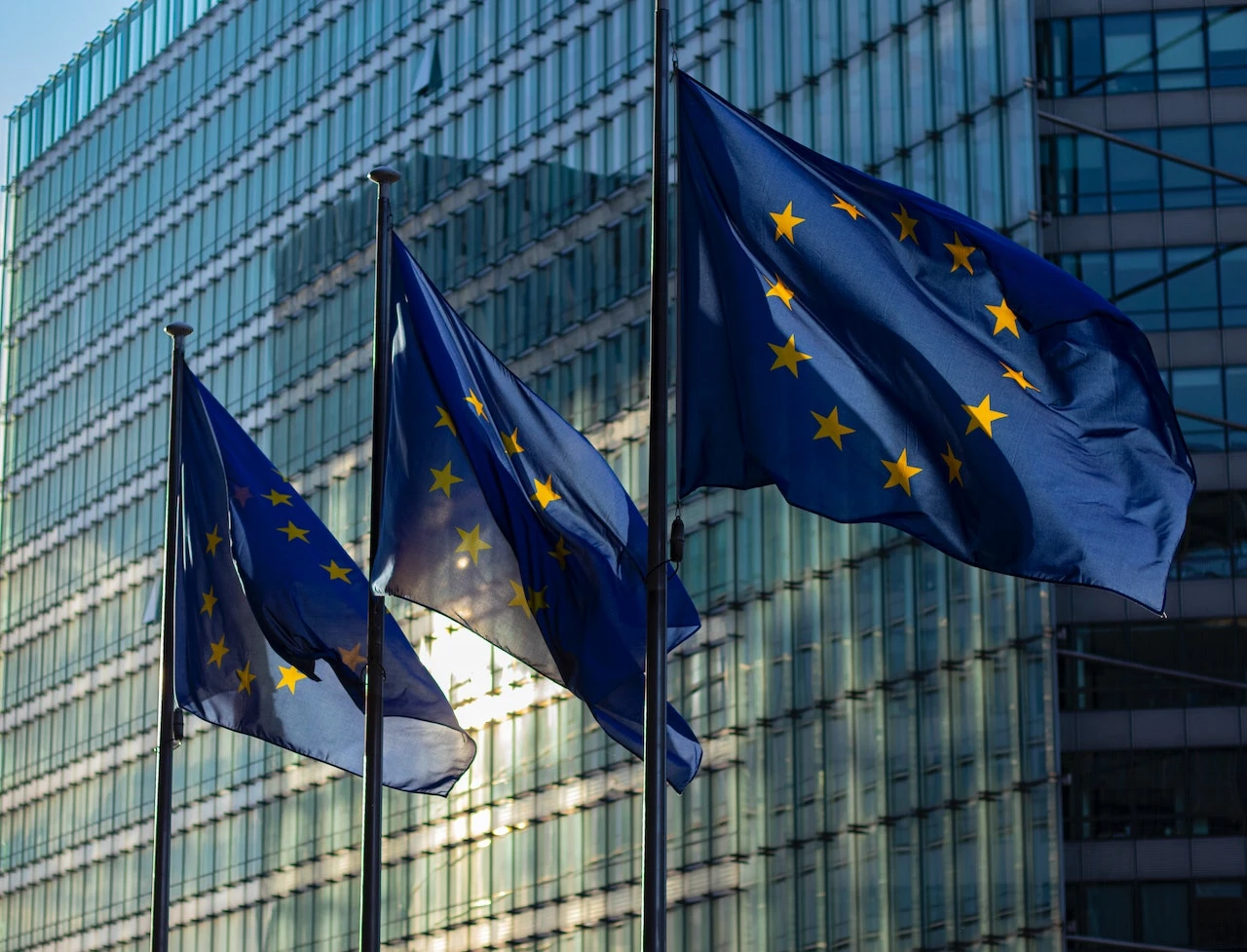
MiCA’s impact extends beyond the crypto markets, significantly affecting traditional financial institutions as well. Instituting regulations for public offerings of crypto assets, MiCA aims to enhance market integrity and financial stability. This framework helps protect consumers from misleading practices and aligns crypto market regulations with those of traditional financial markets.
Banks and financial institutions must update their systems to meet MiCA’s new reporting and transparency requirements. This investment ensures compliance and offers a bank opportunities to establish themselves as trusted custodians in the evolving financial sector and financial services crypto market.
Early adoption of MiCA’s compliance requirements can give financial institutions a competitive edge, capturing market share in the regulated crypto sector. MiCA legitimizes blockchain technology operations, enhancing opportunities for institutional adoption of decentralized finance solutions.
Regulatory Clarity and Global Standards
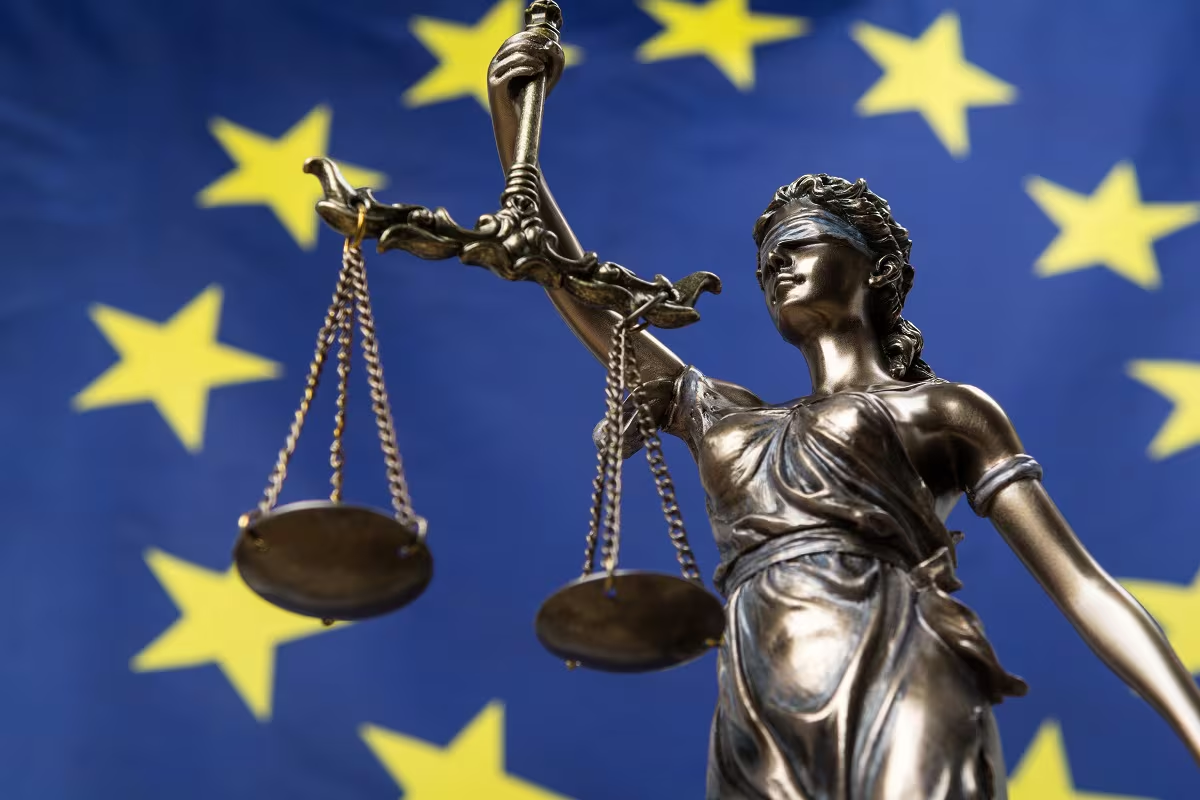
Regulatory clarity is crucial for fostering investor confidence and accountability in the crypto market. MiCA establishes uniform regulations across EU member states, ensuring consistency in the treatment of crypto assets. MiCA aligns EU standards with global regulatory frameworks, promoting international cooperation in the crypto market.
This clarity benefits the European Union and sets a precedent for global regulatory standards. National authorities must notify the European Banking Authority of their designated competent authorities for overseeing crypto services, ensuring a unified regulatory approach as outlined by the European Commission.
MiCA’s regulatory clarity brings greater transparency and accountability to the crypto space, fostering a more stable and trustworthy market environment with clearer rules.
Decentralized Finance (DeFi) Protocols Under MiCA
Decentralized Finance (DeFi) protocols are not exempt from MiCA’s regulatory framework. Protocols offering services such as token issuance or trading to EU users must comply with MiCA, regardless of their decentralized claims. Non-compliance can lead to significant penalties, including blacklisting from regulated entities and losing access to banking services.
MiCA’s implementation includes a consultation process with public feedback to shape the technical standards that will guide its application. This inclusive approach ensures that the regulations are practical and effective, balancing innovation with regulatory compliance in the rapidly evolving DeFi space.
Security Measures and Risk Management
Security is a critical concern in the crypto market, and MiCA mandates that crypto asset service providers implement strong risk management strategies to safeguard crypto users and the financial system. This includes maintaining sufficient financial reserves to support operational resilience.
Adhering to MiCA’s stringent security standards not only protects investors but also fosters greater trust and loyalty from users. Implementing robust security measures allows businesses to stay ahead of bad actors and ensure a secure environment for crypto transactions.
Future Outlook: MiCA’s Long-Term Impact

MiCA’s long-term impact on the crypto market is poised to be significant. Organizations investing in advanced privacy technologies will likely gain a competitive edge in a regulated market. The deadline for full compliance with MiCA is set for July 1, 2026, prompting businesses to integrate compliance into their strategic planning.
MiCA’s emphasis on transparency, security, and sustainability will drive responsible innovation and foster a more stable and trustworthy crypto market. The future of crypto in Europe looks promising, with MiCA paving the way for a safer and more regulated environment.
Summary
In summary, MiCA introduces a comprehensive regulatory framework that addresses key aspects of the crypto market, from licensing requirements to sustainability initiatives. By enhancing transparency, investor protection, and market integrity, MiCA sets a new standard for the crypto industry.
As we look to the future, the long-term impact of MiCA will be felt across the crypto landscape, promoting responsible innovation and fostering a more trustworthy market environment. Embracing these regulations will be crucial for businesses and investors alike, ensuring a safer and more sustainable future for crypto assets.
Frequently Asked Questions
What are the licensing requirements under MiCA?
Under MiCA, all Crypto Asset Service Providers must obtain authorization as EU-based legal entities, while existing providers can operate during a transitional phase until they secure this authorization.
What mandatory disclosures are required for crypto asset issuers?
Crypto asset issuers are required to produce detailed white papers that outline their offerings, including associated risks and financial data, ensuring consistency across all marketing materials. This transparency is essential to build trust and inform potential investors effectively.
How does MiCA address anti-money laundering (AML) regulations?
MiCA effectively addresses anti-money laundering regulations by mandating that financial entities implement stringent protocols for detecting and preventing money laundering, ensuring that all crypto transactions are traceable and any suspicious activity is reported to authorities.
What are the sustainability and ESG compliance requirements under MiCA?
MiCA requires crypto businesses to adopt eco-friendly practices, such as using renewable energy and disclosing their environmental, social, and governance impacts. This compliance is essential for promoting sustainability in the industry.
How does MiCA impact traditional financial institutions?
MiCA impacts traditional financial institutions by enforcing new reporting and transparency requirements, prompting necessary system updates. This regulation also allows banks to position themselves as trusted custodians in the evolving crypto market.

